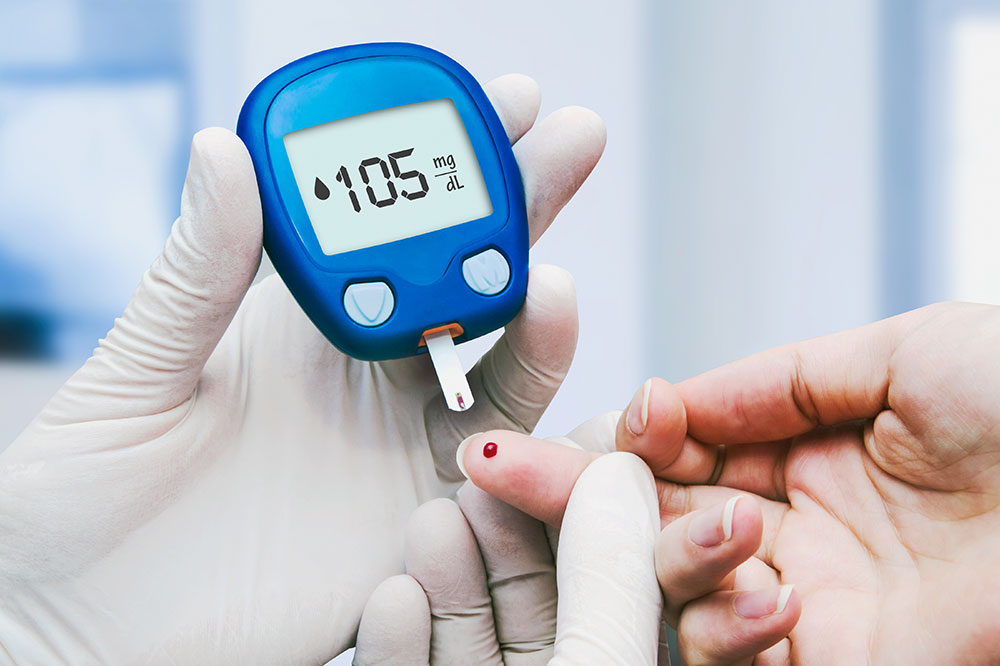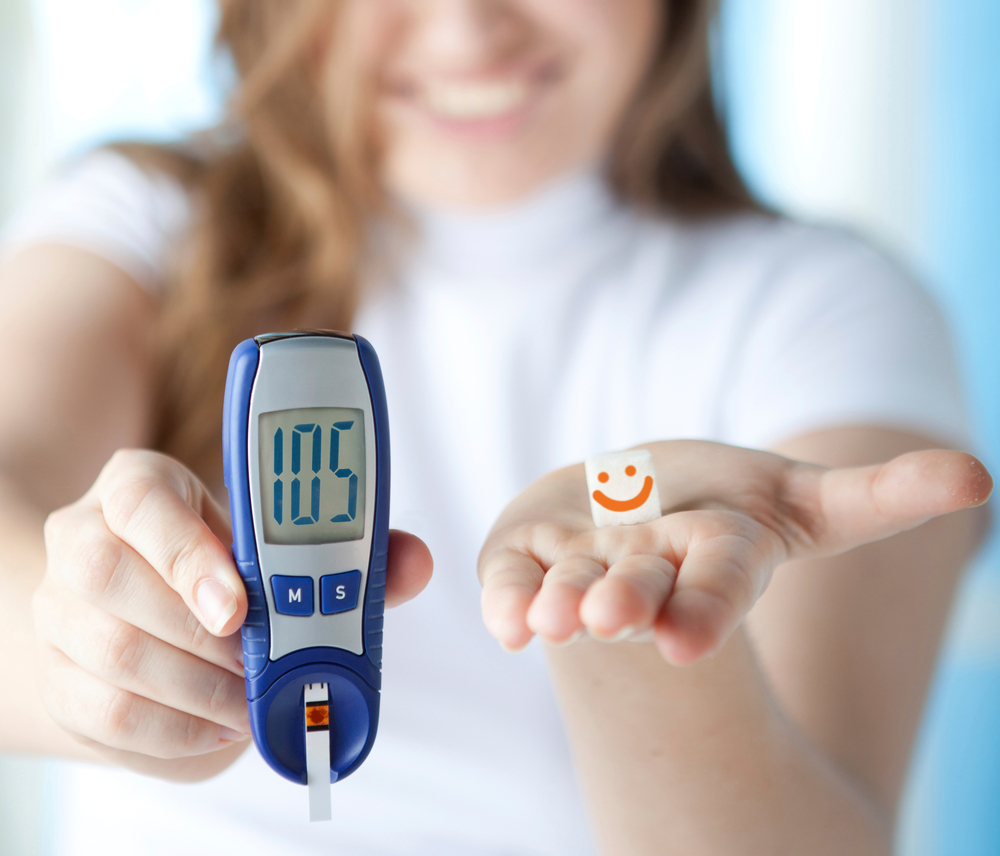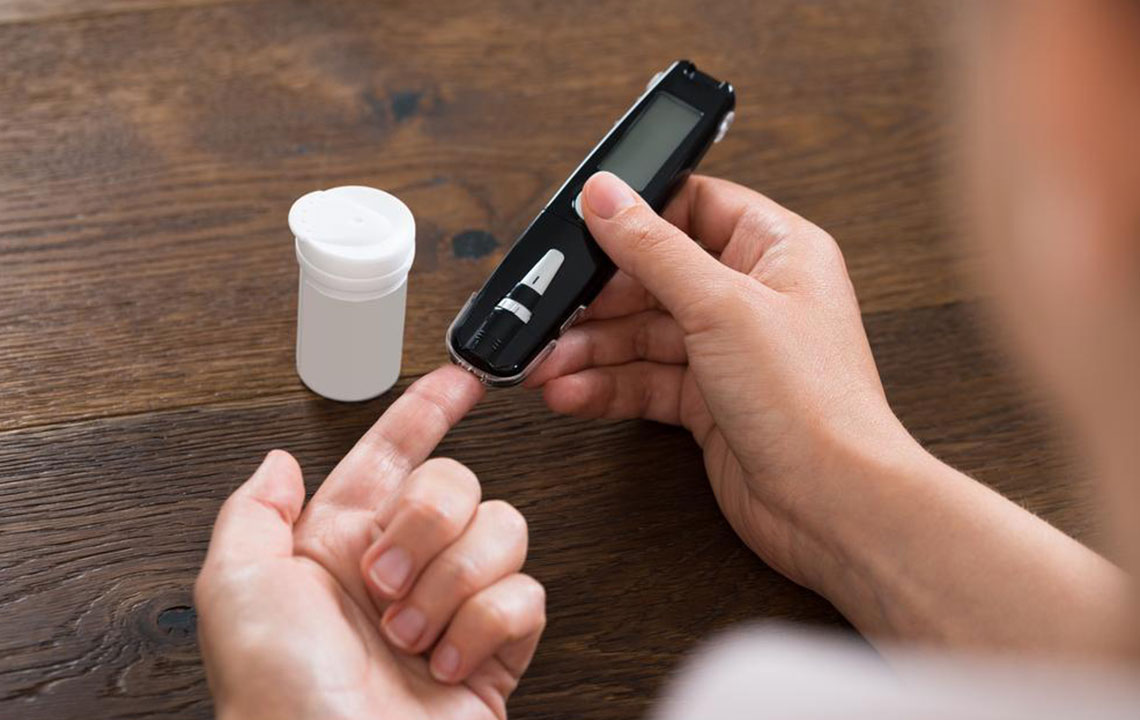Comprehensive Guide to Blood Sugar Levels Across Different Populations and Health Conditions
This comprehensive guide explores blood sugar levels across different populations, emphasizing the importance of personalized monitoring, lifestyle factors, and early detection. It covers normal and abnormal ranges in various groups, including children, pregnant women, and those with diabetes or prediabetes, providing essential insights for maintaining optimal health.

Understanding blood sugar levels is crucial for maintaining optimal health and preventing chronic conditions such as diabetes. Blood sugar, or glucose, is the primary energy source for our body's cells, and its regulation is vital for overall well-being. Blood sugar levels are measured through various tests, including fasting glucose, post-meal (postprandial) glucose, and HbA1c. These metrics provide valuable insights into how the body manages glucose over different periods and under different circumstances. This comprehensive guide aims to explain these measurements in detail, explore normal and abnormal ranges across different populations, and highlight the significance of personalized health monitoring.
Understanding Blood Sugar Measurements
Blood sugar levels are assessed primarily through three key tests, each providing unique information about an individual’s glycemic control:
Fasting glucose: This measures blood sugar after an overnight fast of approximately 8 hours. Taking this test in the early morning provides a baseline value without recent food intake influencing the result. Normal fasting glucose levels typically remain below 100 mg/dL, with higher levels indicating potential prediabetes or diabetes.
Post-meal glucose: Also known as postprandial glucose, this measurement is taken one or two hours after consuming a meal. It reflects how effectively the body is responding to carbohydrate intake and clearing glucose from the bloodstream. Elevated post-meal levels may indicate insulin resistance or impaired glucose metabolism.
HbA1c (glycated hemoglobin): This percentage-based test reflects the average blood glucose levels over the past 2-3 months. It is an essential tool for diagnosing and monitoring diabetes, with higher percentages correlating with poorer glucose control.
Factors Influencing Blood Sugar Levels
Various factors affect blood sugar readings, making personalized assessment crucial. These include age, health status, duration of diabetes (if present), cardiovascular health, lifestyle choices such as diet and physical activity, stress levels, sleep quality, and the presence of other illnesses. Each person’s response to these factors varies, underscoring the importance of individualized monitoring and management strategies.
Blood Sugar Ranges in Different Populations
Understanding normal and abnormal blood sugar levels across different groups helps in early detection and treatment of potential health issues. Below is a detailed overview segmented by population categories, measured in milligrams per deciliter (mg/dL):
For Individuals Without Diabetes
Maintaining blood sugar within the normal range is crucial for overall health. For those without diabetes, typical values include:
Fasting blood glucose: less than 100 mg/dL
Post-meal (postprandial) blood glucose: less than 140 mg/dL
HbA1c: between 4% and 5.7%
For Prediabetic Individuals
Prediabetes is a condition where blood sugar levels are elevated beyond normal but not high enough to be classified as diabetes. Early identification can help implement lifestyle changes to prevent progression. Typical ranges include:
Fasting blood glucose: 100–125 mg/dL
Post-meal blood glucose: 140–199 mg/dL
HbA1c: between 5.7% and 6.4%
For Individuals with Diabetes
Diabetes is characterized by chronic high blood sugar, and strict control is essential to prevent complications. Common clinical thresholds are:
Fasting blood glucose: 126 mg/dL or higher
Post-meal blood glucose: 200 mg/dL or higher
HbA1c: 7% or above, with individual targets adjusted based on patient health and circumstances
Blood Sugar Levels in Children and Teens
Monitoring blood sugar in younger populations requires consideration of age-specific norms. In older children and teenagers, normal fasting levels generally range from 70 to 150 mg/dL, gradually aligning with adult standards by around age 12. Younger children may have broader ranges, but consistent monitoring helps in early detection of issues such as juvenile diabetes.
Pregnant Women and Gestational Diabetes
During pregnancy, hormonal changes influence blood sugar management. Typical fasting levels should be between 69 and 75 mg/dL, with post-meal values usually between 105 and 108 mg/dL. Exceeding these ranges may indicate gestational diabetes, requiring prompt medical attention to safeguard maternal and fetal health.
The Importance of Personal Monitoring and Lifestyle Management
Each individual's health profile necessitates personalized evaluation of blood sugar levels. Regular testing, combined with lifestyle modifications such as a balanced diet, regular physical activity, weight management, stress reduction, and adequate sleep, can significantly improve glycemic control. For individuals diagnosed with prediabetes or diabetes, ongoing medical supervision and adherence to treatment plans are vital for preventing complications like cardiovascular disease, neuropathy, and retinopathy.
Conclusion
Understanding blood sugar ranges and factors affecting them plays a vital role in maintaining overall health. Recognizing early signs of abnormal blood glucose, undergoing regular testing, and adopting a health-conscious lifestyle can prevent the progression of prediabetes to diabetes or manage existing conditions effectively. Personalized health strategies, guided by healthcare professionals, are essential for achieving optimal glycemic control and reducing the risk of long-term complications.





